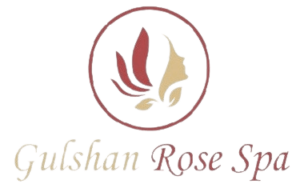Swedish Massage for Neck Pain: The Natural Way to Feel Better

Pain in the neck is very common among individuals as a result of stress, improper posture, or muscle tension. It has the ability to render everyday life uncomfortable and to influence the general well-being. A moderate and painless method of alleviating this pain is by Swedish massage. Swedish massage is associated with light-to-medium pressure and […]
Where to Get a Swedish Massage Near You in Dhaka

Few experiences are as relaxing as lying on a massage table, closing your eyes, and letting your stress melt away. Among the many massage techniques available today, the Swedish massage remains one of the most sought-after therapies worldwide. With its flowing strokes and gentle kneading, it’s a favorite for both beginners and experienced spa-goers alike. […]
Swedish Massage: History, Techniques and Benefits

Swedish Massage is among the most prevalent and productive forms of massage therapy. It is a marvelous fusion of gentle to firm gliding strokes that, when combined with joint lengthening and extending, facilitates complete muscle relaxation and the release of tension. History of Swedish Massage The Swedish massage evolved from a fortuitous discovery of […]

